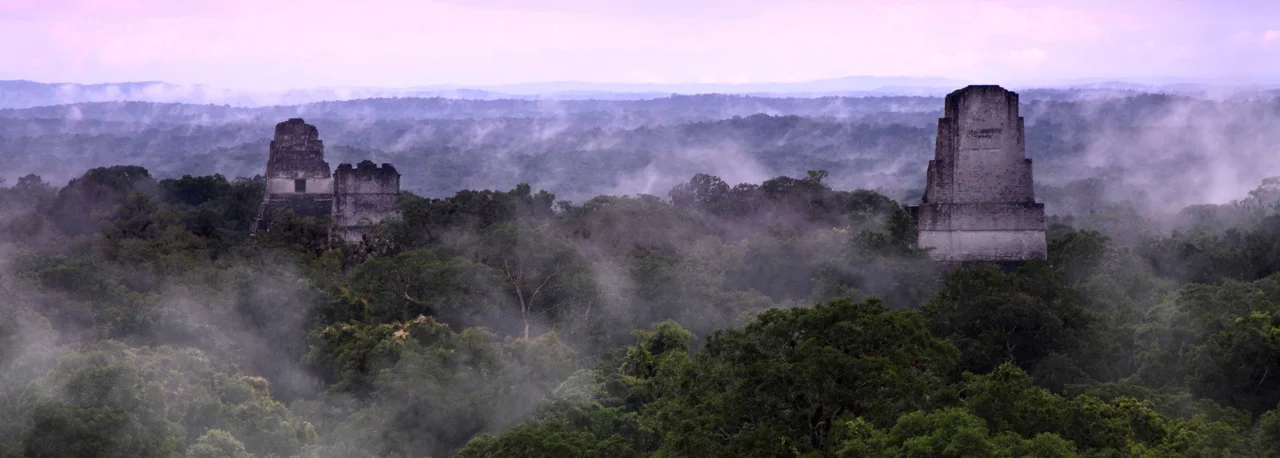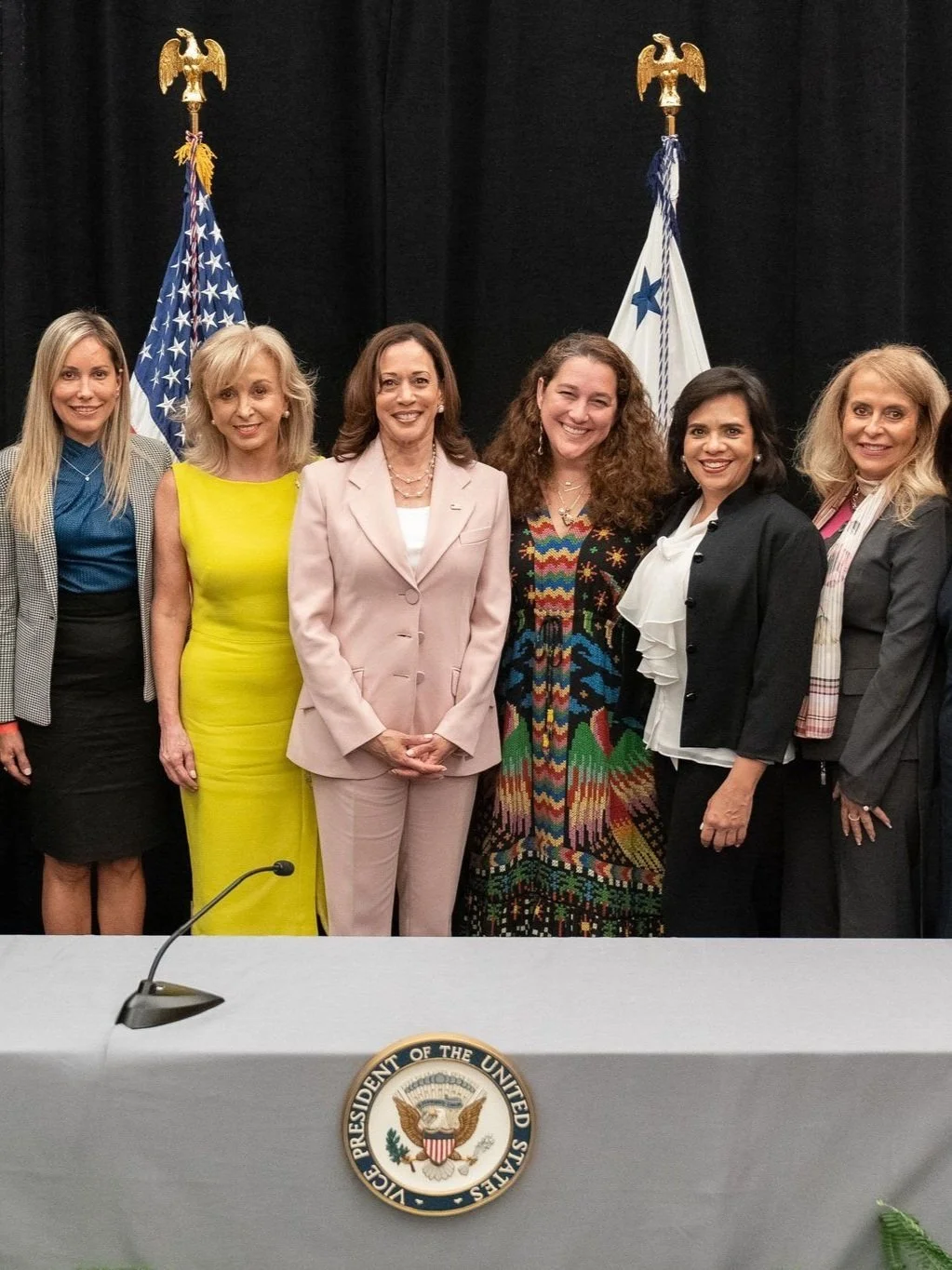El Zotz, a Mesoamerican archaeological site of the pre-Columbian Maya civilization, located in the Petén Basin region.
Following yesterday’s venture into Tikal with Dr. Stephen Houston, Carmen and the rest of the Pacunam Experience group, consisting of President Marianne Hernandez and the organization’s board members and donors, followed on to the Mesoamerican archaeological site of El Zotz, hosted by leading Maya archaeologist Dr. Thomas Garrison.
Nestled in the dense forest of the Biotopo San Miguel la Palotada in the foothills of the Buenavista escarpment, the Maya archaeological site of El Zotz features pyramids, palaces, plazas, and a ball court. The site is located 20 km west of Tikal and its occupation dates mostly to the Classic period.
Thomas Garrison (Ph.D., Harvard University) is a Maya archaeologist with a specialty in the application of digital technologies to the archaeological record. He currently directs an international, multidisciplinary research project in the San Miguel la Palotada Biotope in Guatemala, including archaeological sites like El Zotz, El Palmar, Bejucal, and La Cuernavilla. The project takes a regional, landscape approach to look at how settlement decisions changed through time. He is also on the archaeological advisory committee for the Pacunam LiDAR initiative. As we’ve reported before, the Pacunam foundation has funded the acquisition of the largest LiDAR data set ever obtained for archaeological research, which has allowed scholars to digitally remove the jungle from the landscape, revealing the ancient Maya world underneath.
Carmen during a humid hike at El Zotz, Guatemala.
Deforestation and looting at El Zotz pose constant challenges, and pyramids are in danger of collapse from unstable trees, things Pacunam works to address. Many tourists visit El Zotz as part of eco-tours to Tikal, which is nearby and was the city’s historic rival. Such ecotourism, which is operated by guides from the local community, presents an important opportunity for enhanced and integrated stewardship of the archaeological and natural resources. El Zotz thus has the potential to serve as a model for promoting conservation and community engagement, and for ensuring the protection of this important piece of Guatemala’s cultural heritage for generations to come.
El Zotz is located within the San Miguel la Palotada National Park bordering the Tikal National Park.
Excavations led by Garrison have uncovered an Early Classic structure known as the Accession Platform, richly decorated with monumental stucco masks. The masks represent Ux Yop Huun, a god associated with royal accession ceremonies.
Dr. Thomas Garrison working in the field. (Photo courtesy of the Proyecto Arqueologico El Zotz)
Between 2010 and 2013, Houston led a team which included Garrison, which revealed new clues about the rivalrous kingdoms of the Maya when they unearthed a spectacular series of stucco masks at El Zotz. Unlike the relatively centralized Aztec and Inca empires, the Maya civilization, which spanned much of what are now Guatemala, Belize, and Mexico's Yucatán region, was a loose aggregation of city-states.
“The stuccos provide unprecedented insight into how the Maya conceived of the heavens,” said Houston, “how they thought of the sun, and how the sun itself would have been grafted onto the identity of kings and the dynasties that would follow them”, he told National Geographic News.
The architecture at the site is massive and the stonework is of excellent quality. Pictured: a chart of the sun’s path across the sky that decorate the exterior of the temple. (Courtesy of Stephen D. Houston, Brown University; Courtesy of Edwin Román)
“Being on the board of Pacunam with Marianne Hernandez is so exciting, not only because of the amazing work that she does, all the archeology-related science she and her team carry out, the way we can impact lives in conservation zones, but also because of how fascinating it is to me to listen and learn from her and see the passion, dedication and the materialization of things that she has been accomplishing in the past five years along with the board, corporate members, scientists, the government and private-sector donors”, Carmen has said. “These things are not easy to accomplish as Guatemala, like any developing Latin American country, comes with so many challenges ranging from extreme poverty, lack of infrastructure and visibility. But despite these challenges, by creating coalitions, we are going to get more resources to Guatemala.”
RELATED READING:
The CFDA's Steven Kolb Recounts His Time In Guatemala
CoutureLab Coalition x Guatemala 2019
Guatemala Day II: Maya Biosphere Reserve
















